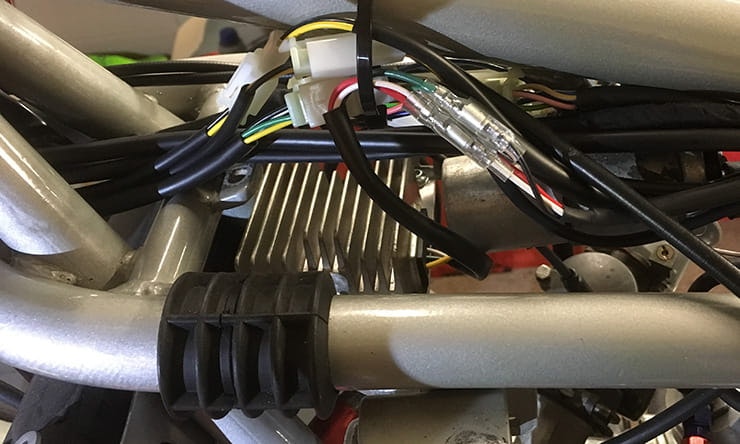Motorcycle electrics explained: Regulator rectifiers
By Rupert Paul
Motorcycle Journalist
03.10.2017
Rupert Paul of Rupe’s Rewires has been designing and building custom wiring looms for six years. Here’s his take on what to look for when you buy aftermarket electrics…
Regulator rectifiers give your bike the electrical current it needs to meet demand, at the right voltage.
They generally fail in older bikes as resistance builds up in the loom, so many people like to put a new one on a custom build, but you need to remember to check the alternator cables and connectors are healthy too.
It’s important to get a reg rec designed specifically for your bike, because charging systems work in different ways, and with varying outputs.
Some reg recs (for example in 1990s Ducatis) use a ‘sense’ cable to detect system voltage. Others – such as old Suzuki GS twins – do it automatically, while some like Honda’s CB750/900F govern field coils that increase or reduce magnetism, and thus electrical output.
Whichever you’ve got, it is a very good idea to wire the positive and negative cables directly to the battery, using high current (25 or 33 amp) cable. That way you head off any problems for the forseeable future…
Get more advice on all forms of motorcycle electrics by clicking here
Rupe’s Rewires
Meet Rupert Paul, BikeSocial’s electrics expert…
Share on social media:
